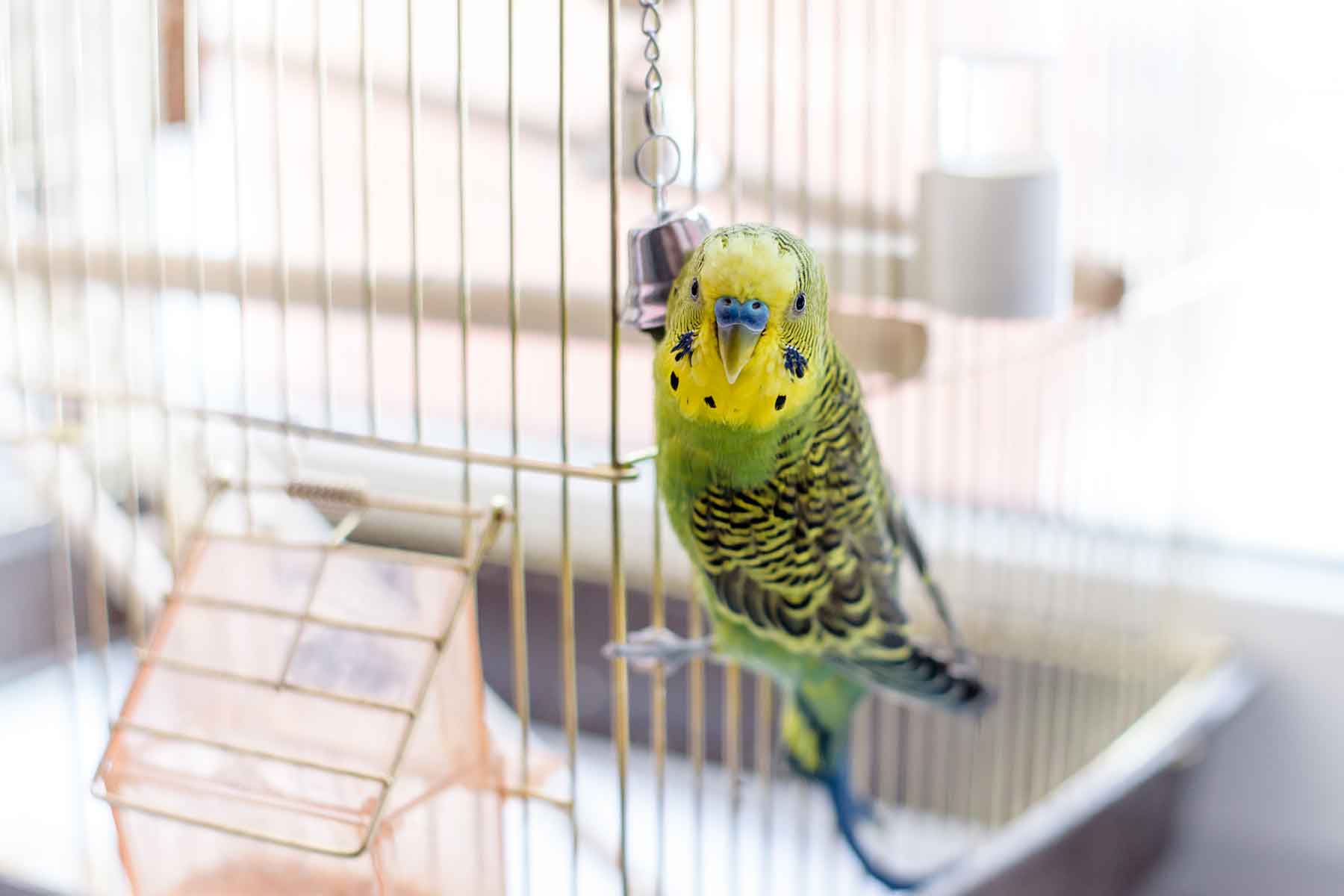By nature, dogs are playful and it’s not uncommon for them to occasionally chase their tails. It can become a problem, however, when it becomes repetitive, excessive, causes injury or interrupts your dog’s daily functioning. If you find you cannot distract your dog from chasing his or her tail, or you think it’s become more frequent or compulsive, head to your vet for a check-up. There may well be underlying medical issues that need to be treated.
Why do dog chase their tails?
There are a number of reasons a dog may chase his or her tail. It could just be an expression of a playful temperament or a short phase in puppy-hood. However it’s important you establish the cause early on so you can assess whether veterinary treatment is required.
Breed and age
Some animals have a known genetic predisposition to compulsive behaviours like tail chasing. For example, flank sucking is common in Dobermans and whirling in Bull Terriers. The age of your dog might also be a factor. Sudden onset of tail chasing is common in older dogs and often signals a psychological or medical condition. In puppies, however, it can be a harmless expression of play.
Attention
Dogs are social animals and there’s nothing they love more than the attention and affection from their master. If a dog learns that by chasing their tail they get attention from their owner, the behaviour is much more likely to persist. Even negative attention, such as reprimanding a dog, may act as a positive reinforcement.
Excessive energy
Boredom is often touted as a reason for tail chasing, however it’s usually not boredom but rather an inadequate level of physical activity that’s the cause. If your dog has a great need for aerobic exercise, he or she might engage in tail chasing to exert energy. If this is the case, the behavior should cease once activity levels increase.
Injury
If an animal receives an injury to the tail (such as being slammed in a door), he or she will often try to ease the discomfort by tail chasing. Other superficial conditions such as skin irritation or parasite bites (eg. fleas) may also cause the behaviour.
Anxiety
Tail chasing can also be the symptom of an underlying anxiety or psychological issue. The behaviour commonly begins with the dog chasing or scratching at the tail after an injury or irritation. As the behavior is comforting for the dog, it can quickly become a habitual response to all other threats, even after the tail has healed or the irritation has gone. In these instances, the dog is said to have become ‘conditioned’. While difficult to treat, this form of anxiety can be somewhat prevented if intercepted early enough.
Medical causes
There are some neurological conditions that can cause a dog to whirl or chase his or her tail. Whilst rare, severe tail chasing has been attributed to epilepsy and is sometimes described as a seizure-related symptom.
Diagnosis
For some dogs, the behaviour will disappear naturally, for others veterinary intervention may be required to properly diagnose and treat the underlying conditions. As a rule of thumb, if the behavior is getting more frequent or persists longer than a week, see your vet. They will usually run a series of diagnostic tests to rule out underlying medical causes including neurological disorders, injury and allergy. If the cause is psychological, more comprehensive treatment may be required.
Treatment
Act early
If your dog is chasing his or her tail, it’s important to act early. If there is an underlying medical issue, it may be easily treated before it becomes a conditioned response.
Behaviour modification therapy
If your vet identifies the cause as psychological, you may need to implement a behavioural modification program. This requires the owner to identify and predict when the dog is likely to chase his or her tail and and initiate an alternate activity, such as playing with a ball, training, feeding or a chew toy. It’s important this is done before the tail chasing begins. Your dog will then learn to self-comfort in other ways. If you have been rewarding the behaviour with positive attention or treats, you will need to remove all rewards and may need to reduce attention by turning or walking away (and ignoring the behaviour).
Drug Therapy
Lowered serotonin and increased dopamine levels may be associated with compulsive disorders such as tail chasing. If it isn’t possible to bring your dog’s behaviour under control by changing his or her environment, then it may be necessary to try drug therapy, such as anti-depressant or anti-anxiety medications. While it can take several weeks for medications to be effective, it can be a great intermediary step to bring compulsive behaviour under control.
Tips to stop dogs chasing their tails
- Don’t give the behaviour any attention (positive or negative) – ignoring it is best.
- Increase your dog’s activity levels.
- Ensure you dog has interactive toys like Kong® stuffed with peanut butter.
- Monitor your dog’s skin and general health and seek veterinary advice if you detect problems or the tail chasing persists.











